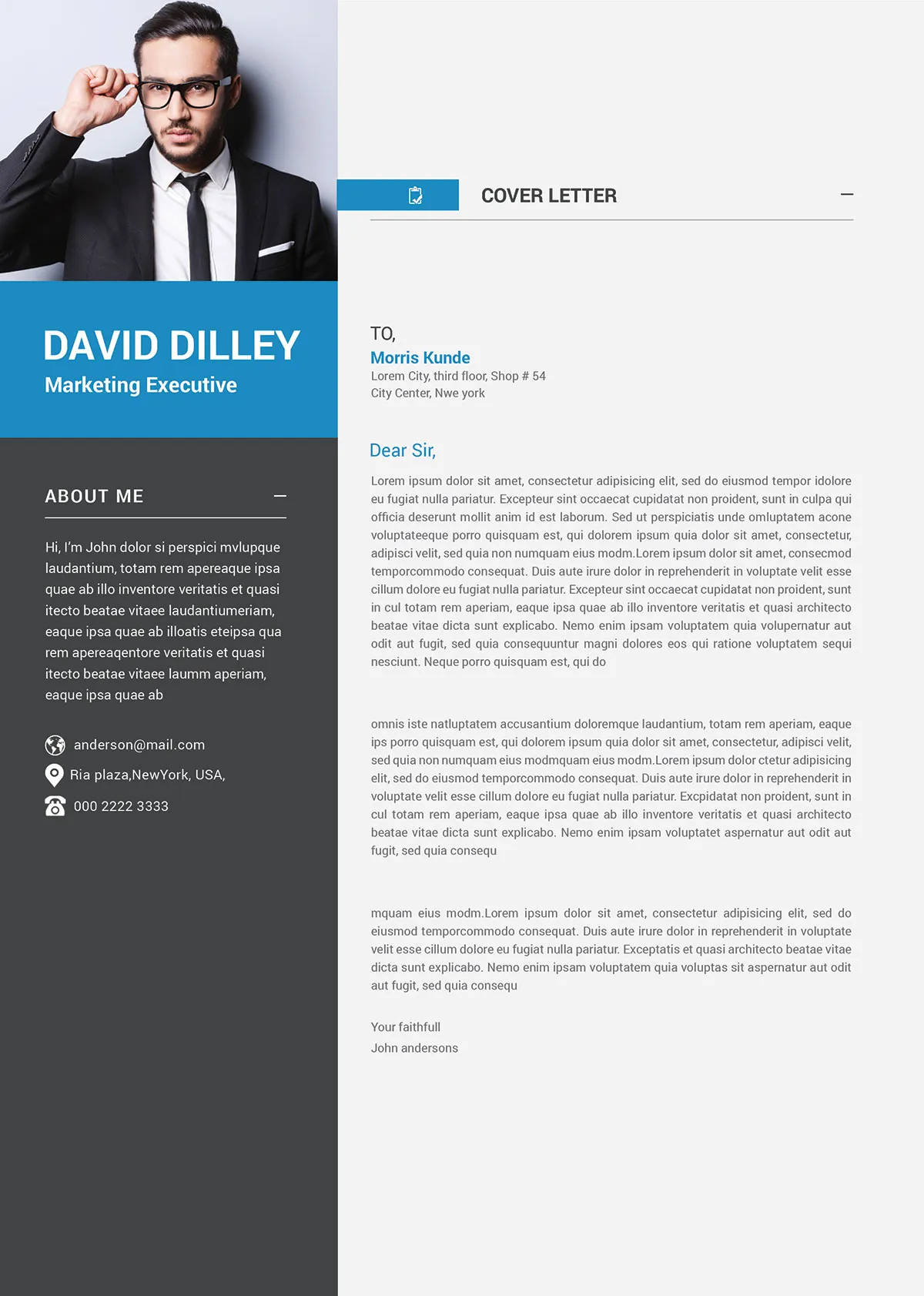What is a CV Cover Letter
A CV cover letter is a crucial document that accompanies your curriculum vitae (CV) or resume when applying for a job. It serves as your introduction to the hiring manager, providing context to your application and highlighting your suitability for the role. Unlike your CV, which offers a factual overview of your experience and skills, a cover letter allows you to express your personality, demonstrate your writing skills, and explain why you are the perfect fit for the specific position and company. It’s a chance to make a strong first impression and encourage the reader to delve deeper into your qualifications.
Why You Need a CV Cover Letter
In today’s competitive job market, a CV cover letter is not just an optional extra it’s often essential. It provides an opportunity to differentiate yourself from other candidates, showcase your communication skills, and demonstrate your genuine interest in the role and the company. A well-crafted cover letter can significantly increase your chances of getting an interview. It helps the hiring manager understand your motivations, career goals, and how your skills and experience align with the job requirements. Many employers consider cover letters as a mandatory part of the application process, and omitting one might result in your application being immediately rejected.
Importance of CV Cover Letter
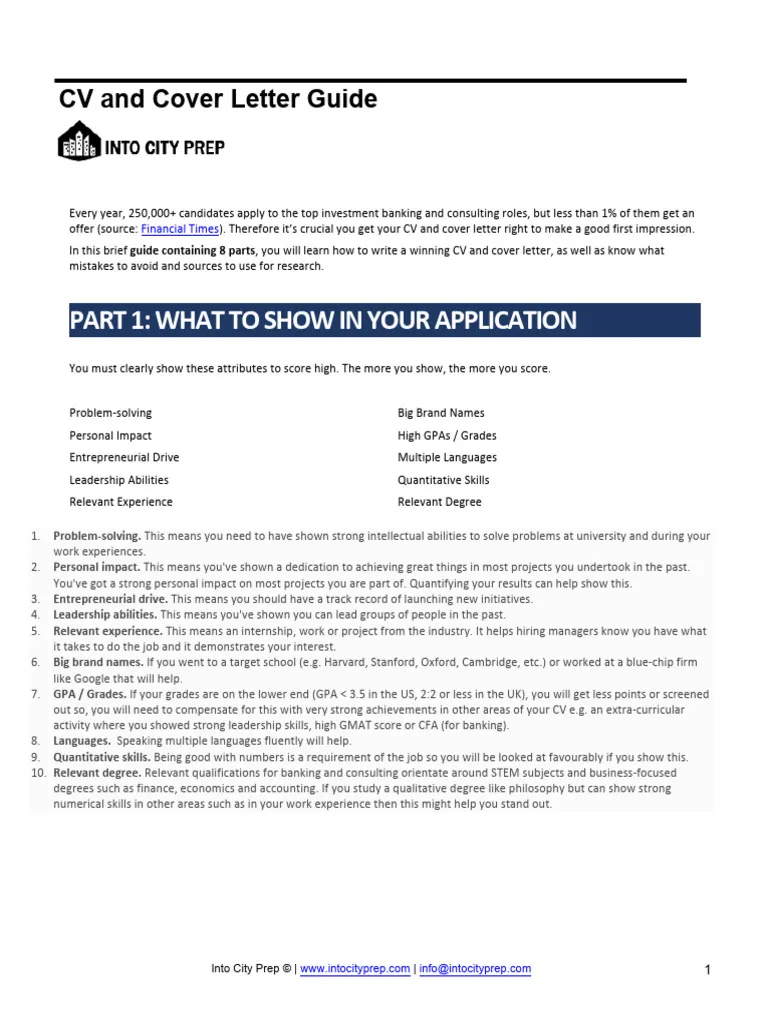
The importance of a CV cover letter cannot be overstated. It’s your personal marketing document, designed to persuade the employer that you’re the right candidate. A cover letter allows you to tell a story, explaining your career journey and how your skills and experiences have prepared you for the specific job. It demonstrates your attention to detail, writing abilities, and your commitment to the application process. In many cases, a cover letter can be the deciding factor between getting an interview and being overlooked. By clearly articulating your value proposition, you increase your chances of moving to the next stage of the recruitment process.
Key Elements of a CV Cover Letter
A compelling CV cover letter has several key elements that work together to create a positive impression. These components include your contact information, a personalized greeting, a strong opening paragraph, body paragraphs that highlight relevant skills and experience, a clear closing paragraph with a call to action, and a professional format. Each of these elements plays a vital role in conveying your qualifications and expressing your enthusiasm for the position. By mastering these key components, you can create a cover letter that effectively showcases your value to potential employers.
Contact Information
Your contact information should be at the top of your cover letter. Include your full name, phone number, email address, and optionally, your LinkedIn profile URL. Ensure your contact information is up-to-date and professional. This makes it easy for the hiring manager to contact you if they want to schedule an interview. Using a professional email address is crucial and avoid using nicknames or informal addresses. Clear, accessible contact information enhances your credibility and streamlines the communication process.
Personalized Greeting
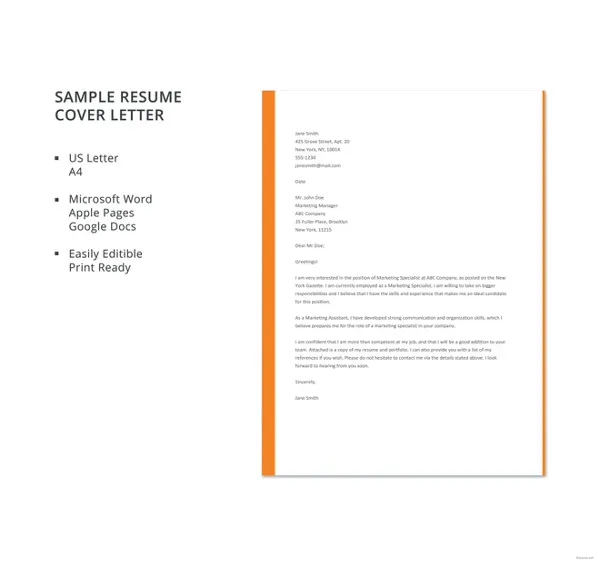
Address your cover letter to a specific person whenever possible. Research the hiring manager’s name on the company’s website or LinkedIn. A personalized greeting, such as ‘Dear Mr./Ms. [Last Name]’, shows that you’ve taken the time to learn about the company and the specific role. If you can’t find a name, use a generic greeting like ‘Dear Hiring Manager,’ rather than a generic ‘To Whom It May Concern,’ which can appear impersonal. Personalization demonstrates effort and attention to detail, setting a positive tone from the beginning.
Opening Paragraph
Your opening paragraph should immediately capture the reader’s attention. State the position you are applying for and where you saw the job posting. Briefly mention your key qualifications and express your enthusiasm for the role and the company. This sets the stage for the rest of the letter. The opening paragraph should be concise, impactful, and designed to generate interest. You want to motivate the reader to continue reading and learn more about your qualifications.
Body Paragraphs
The body paragraphs are where you provide detailed information about your skills, experience, and achievements. Use these paragraphs to highlight the most relevant aspects of your background and how they align with the job requirements. Provide specific examples to support your claims, and use action verbs to describe your accomplishments. Focus on what you can bring to the company and how your skills align with the requirements of the job. Tailor the content to match the specific job description.
Highlighting Relevant Skills and Experience
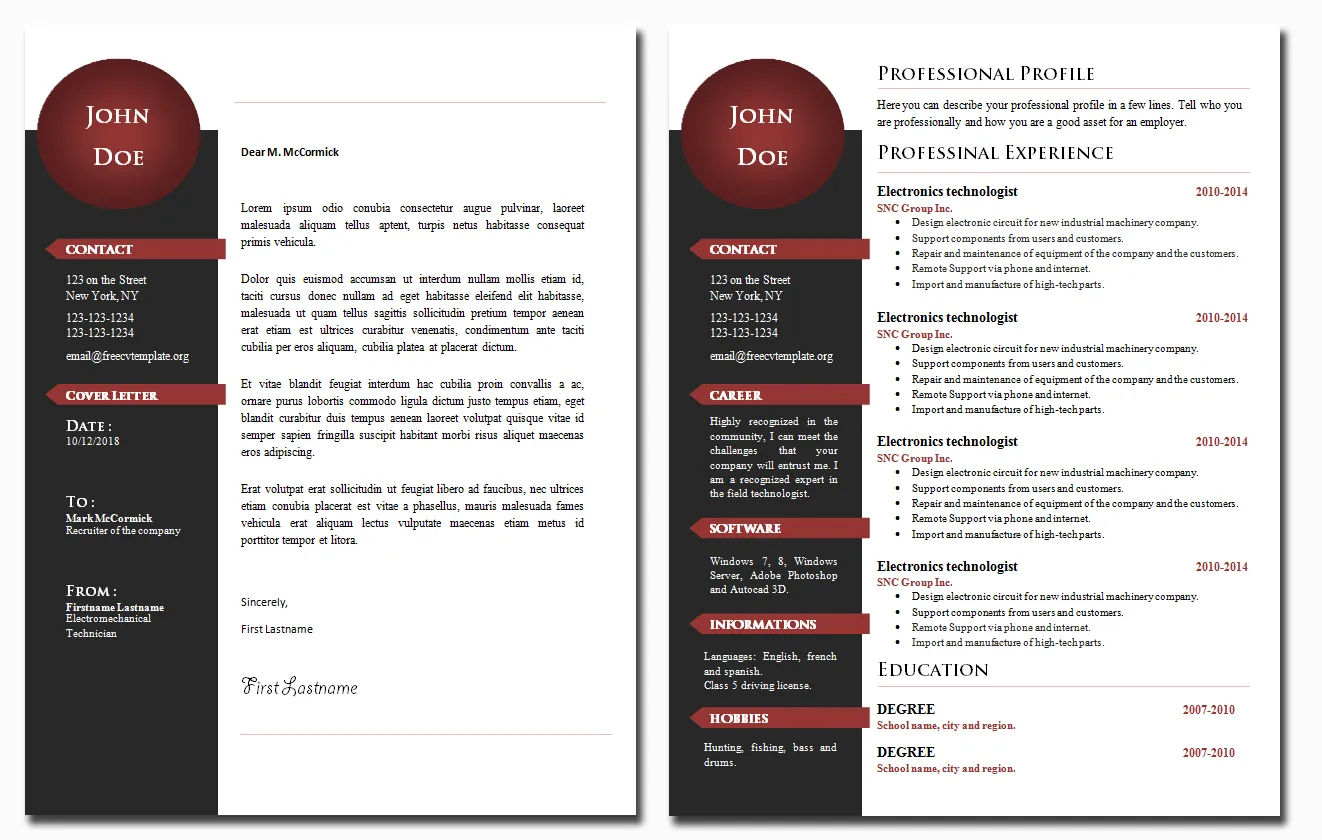
Carefully review the job description and identify the key skills and experiences the employer is seeking. Then, in your body paragraphs, highlight how your background aligns with these requirements. Provide specific examples of how you have used these skills in the past and the positive outcomes you achieved. Use keywords from the job description to demonstrate that you understand the role. The goal is to show a clear connection between your qualifications and the job responsibilities.
Quantifying Achievements
Whenever possible, quantify your achievements to provide concrete evidence of your capabilities. Instead of simply stating that you improved sales, mention the percentage increase you achieved. Use numbers and data to demonstrate the impact of your work. For example, ‘Increased sales by 15% in Q2 2023’ or ‘Managed a team of 10 employees, improving project completion rates by 20%.’ This makes your accomplishments more credible and memorable, helping you stand out from other applicants.
Closing Paragraph
Your closing paragraph should summarize your interest in the role and reiterate your enthusiasm for the opportunity. Thank the hiring manager for their time and consideration. Keep the tone positive and confident, expressing your eagerness to discuss your qualifications further. This is your final chance to leave a lasting impression, so make sure it is strong and memorable. End with a professional closing, such as ‘Sincerely’ or ‘Best regards,’ followed by your name.
Call to Action
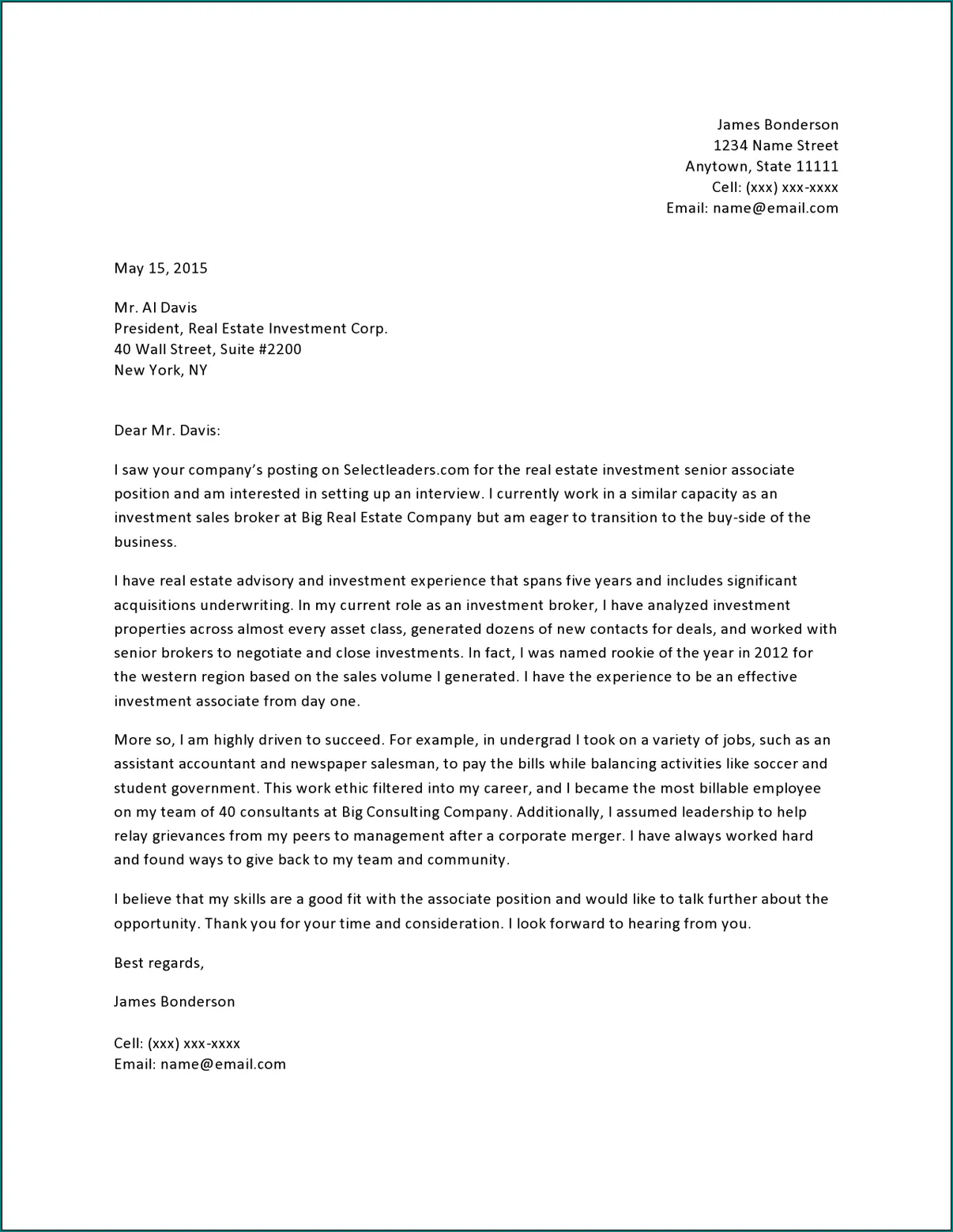
Include a clear call to action in your closing paragraph. Invite the hiring manager to contact you for an interview. State your availability and express your willingness to provide any further information. This is a proactive step that shows your interest and initiative. For example, ‘I am eager to discuss my qualifications further and am available for an interview at your earliest convenience. Thank you for your time and consideration.’
Formatting and Style
A well-formatted cover letter is easy to read and demonstrates your professionalism. Ensure your formatting is consistent, and your style is clear and concise. The design of your cover letter should enhance, not distract, from the content.
Font and Size
Choose a professional font, such as Times New Roman, Arial, or Calibri, with a font size between 10 and 12 points. This ensures your cover letter is easy on the eyes and looks clean and polished. The use of a standard font contributes to readability. Avoid using overly ornate fonts that can make your letter difficult to read. The font you use in your cover letter should match the font used in your CV.
Proper Layout
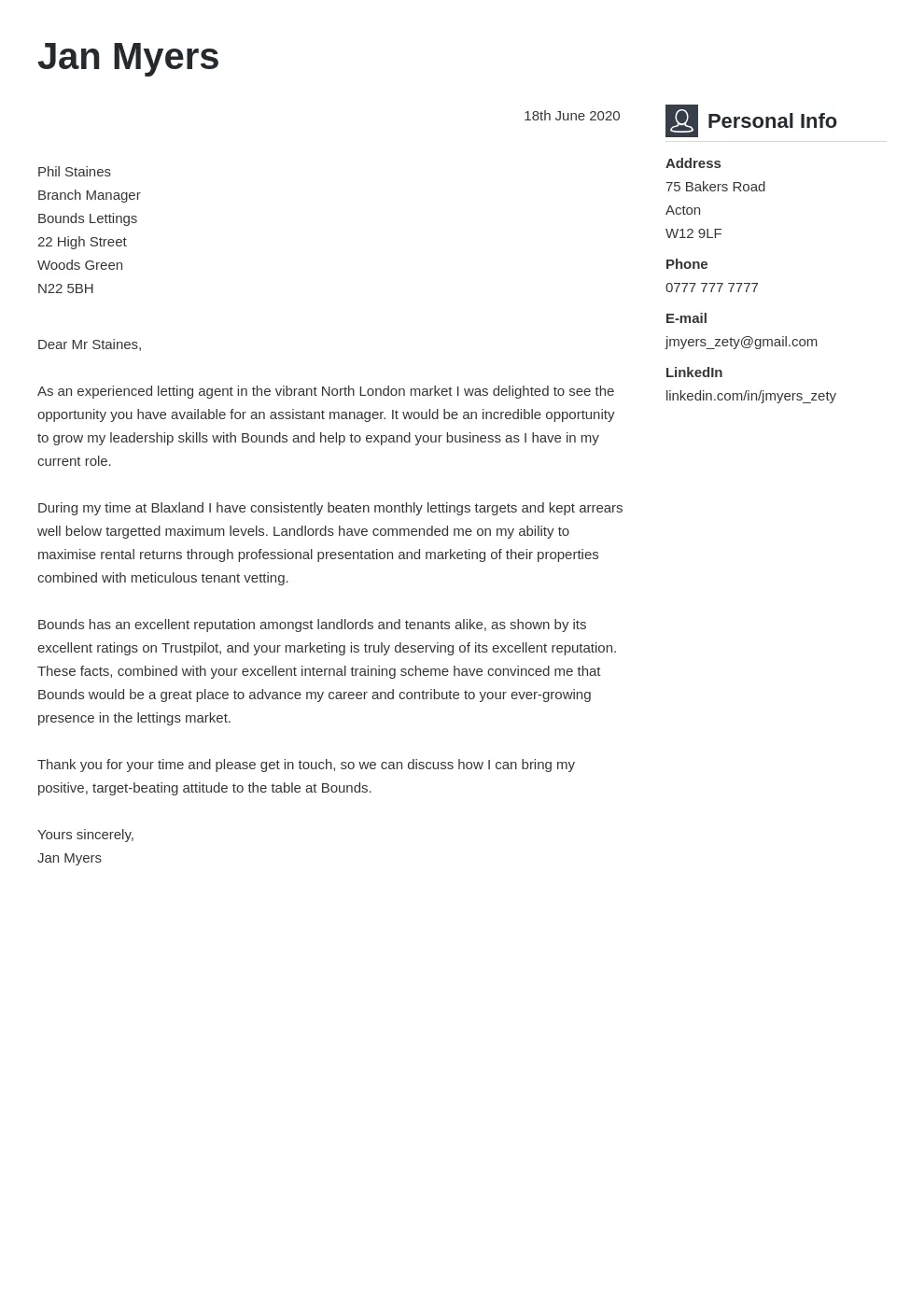
Use a clear and organized layout. Use single spacing within paragraphs and double spacing between paragraphs. Ensure your margins are one inch on all sides. Use appropriate headings and subheadings to break up the text and make it easy to scan. Use bullet points for lists to make information easier to digest. A well-structured layout enhances readability and makes it easier for the hiring manager to find the information they need quickly.
Proofreading and Editing
Proofread your cover letter carefully for any errors in grammar, spelling, and punctuation. Errors can damage your credibility and give the impression that you lack attention to detail. Consider having a friend or family member review your cover letter before submitting it. Use spell-check and grammar-check tools. It is best to print a hard copy to help catch errors that you might miss on screen. Perfecting your cover letter helps to demonstrate your commitment to excellence.
Common Mistakes to Avoid
Avoid common mistakes to create a compelling cover letter. Errors can undermine your chances of getting an interview. By being aware of the typical errors that candidates make, you can improve your cover letter and increase your success in your job applications.
Generic Content
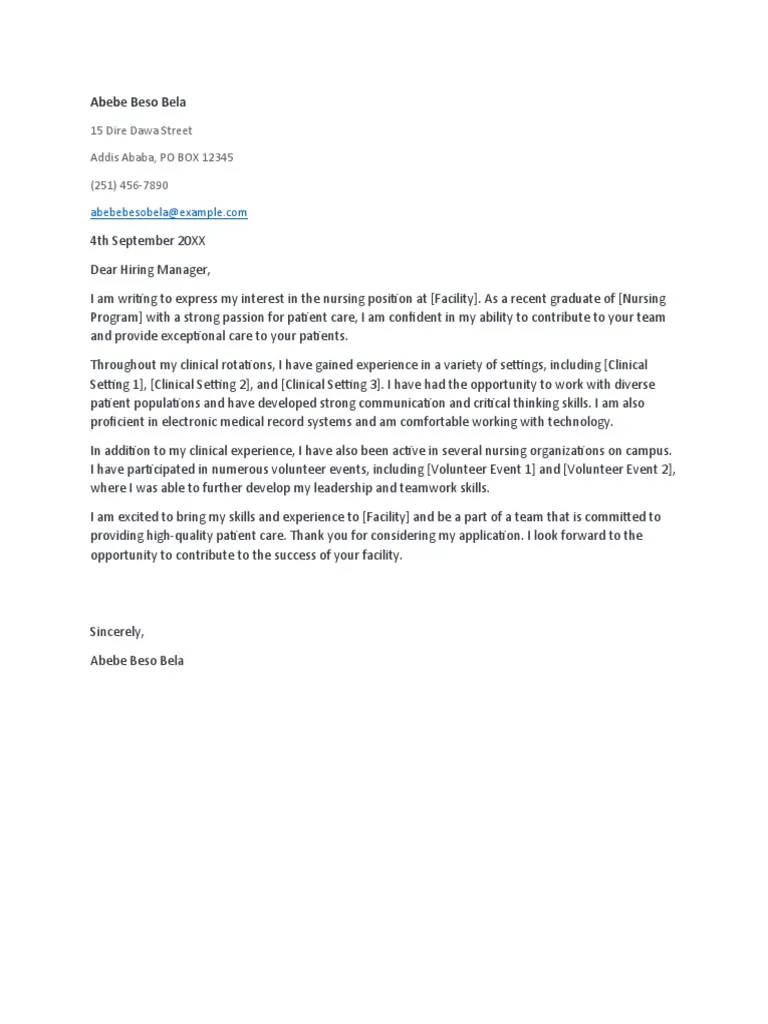
Avoid using generic content that could apply to any job. Tailor your cover letter to each specific position you are applying for. Highlight the skills and experiences most relevant to the job requirements. Show that you understand the company’s needs and what you can bring to the table. Generic cover letters are often perceived as impersonal and less effective. Demonstrate that you’ve done your research.
Typos and Grammatical Errors
Always proofread your cover letter carefully. Typos and grammatical errors can undermine your credibility and demonstrate a lack of attention to detail. Check for spelling mistakes, incorrect punctuation, and awkward phrasing. Using a spell-checker is not enough; read your cover letter aloud to help identify errors. Having someone else review your letter is also an excellent way to catch any mistakes.
Ignoring the Job Description
Ensure that your cover letter addresses the job description. Identify the key requirements and tailor your letter to demonstrate how your skills and experience match those requirements. Highlight the keywords from the job description to showcase that you’ve understood the role. Ignoring the job description shows that you are not particularly interested in the role or have not put sufficient effort in.
Tailoring Your Cover Letter
Tailoring your cover letter is crucial for showing your suitability for a specific job. Generic cover letters are often perceived as less appealing, as they fail to address the needs of the position. By tailoring your cover letter, you will demonstrate that you’ve taken the time to understand the job requirements and the company’s needs. Tailoring makes you stand out and improves your chances of success.
Researching the Company
Research the company before you write your cover letter. Learn about their mission, values, and recent projects. This information will help you tailor your letter and show your genuine interest. You can find this information on the company’s website, social media pages, and industry publications. Mentioning specific company initiatives demonstrates that you have taken the time to understand their business and are aligned with their goals.
Matching Skills to Requirements
Carefully review the job description and identify the key skills and experience the employer is seeking. Then, in your cover letter, highlight how your background aligns with these requirements. Provide specific examples of how you’ve used these skills and the positive outcomes you achieved. Use keywords from the job description to show that you understand the role and are qualified. Highlighting the match between your skills and the job requirements is essential.
CV Cover Letter Sample
Here is a sample cover letter demonstrating the points discussed above. This is an example, so customize it to your specific needs. [Insert a sample cover letter here that includes contact information, a personalized greeting, a strong opening paragraph, body paragraphs highlighting relevant skills and experience, and a clear closing paragraph with a call to action]. Make sure the sample reflects the best practices.
Where to Find CV Cover Letter Templates
You can find numerous CV cover letter templates online to help you get started. Websites like Indeed, Resume.com, and Zety offer a variety of templates that you can customize to fit your needs. These templates provide a structured framework and can save you time and effort. Using a template can ensure that you include all the essential elements of a cover letter. Just remember to personalize the template with your own information, skills, and experiences.
In conclusion, a well-crafted CV cover letter is a powerful tool in your job search arsenal. By following these guidelines, you can create a cover letter that showcases your qualifications, demonstrates your interest in the role and the company, and significantly increases your chances of securing an interview. Remember to tailor your cover letter to each job application and always proofread it carefully before submitting. Good luck with your job search!
